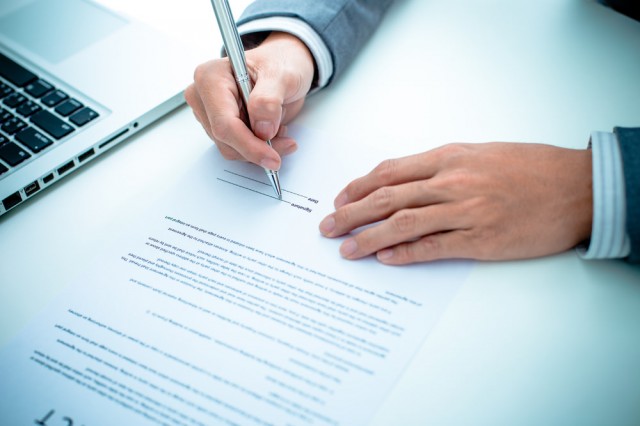It's a scenario that keeps people up at night: you've discovered that you made a mistake on your taxes. Will the IRS come knocking on your door? Will federal agents sweep into your home and arrest you in the middle of the night?
Fortunately, neither of those scenarios is likely. Every year, thousands of taxpayers make honest mistakes on their forms and file Amended Returns using Form 1040X. Amended returns aren't just limited to mistakes that will cost you money. Often a correction involves claiming deductions that you missed, or additional tax credits, which can mean a larger refund for you.
So if you realize you need to file an Amended Return, what should you do? First, you need to get a copy of Form 1040X. This form can only be filed as a paper copy - electronic filing is not available. You'll want to consult with your tax preparer, if you have one, to ensure that the form is filled out correctly. If you have documentation substantiating the changes or corrections your filing, you'll want to include those when you send it in to the IRS.
If you do owe additional tax with your Amended Return, pay that tax as quickly as possible once you realize the mistake. This will prevent additional penalties and interest from being added to your bill. If you're getting a refund and your Amended Return entitles you to an additional refund, wait to receive your first check before you file the 1040X.
There are some scenarios where an amended return isn't required. For instance, if you've just made a math error, don't worry about it. The IRS will correct that for you automatically. Most of the time, you don't need to file to correct errors on the new Form 1095-A, Health Insurance Marketplace Statement. In some situations the IRS may contact you to request a copy of your corrected 1095-A, but the error falls on the State or Federal exchange that provided you the incorrect information in the first place.
In most cases, you have three years from the date of filing your original tax return to file the 1040X and claim a refund. That means that if you're looking back at your 2013 taxes and find a mistake, the last day for you to claim an additional refund is April 15, 2016, or the actual date you filed the return, if you had filed for an extension that year. If you have multiple years that need to be corrected, you should file a separate 1040X for each year - the corrections can't be combined on a single form.
Finally, you should keep track of your Amended Return on the IRS Website, using their "Where's My Amended Return" tool. Tracking information is generally available within three weeks after your return is filed, and can find returns up to three years back. You'll need your taxpayer ID number, date of birth, and ZIP code to find your information in the system. Keep in mind, due to cuts in IRS support staff, amended returns can take up to four months to be processed.
Mistakes on your returns aren't as serious as they might sound, and you have the ability to fix it. Using a professional tax preparer can help you identify problems before your return is filed, and they also know where to look to find your tax credits and deductions the first time around, saving the hassle and expense of the Amended Return process. If you are going to file an Amended Return, it's a good idea to review that information with a professional tax preparer to make sure you've got everything right the second time around, even if that preparer wasn't involved in filing the original tax return.
